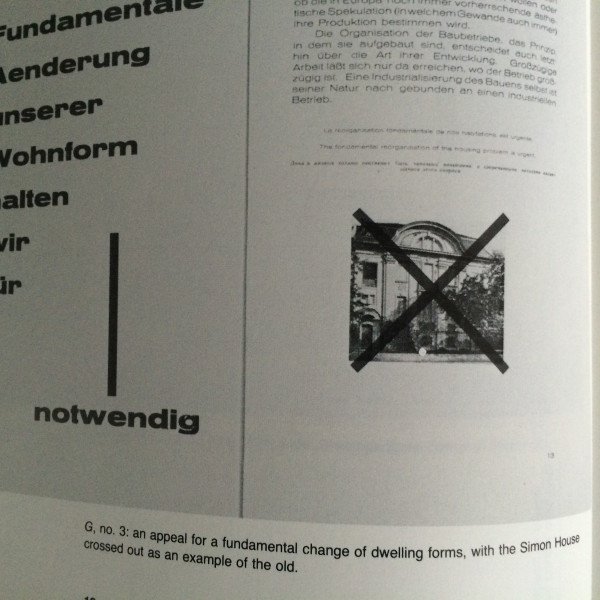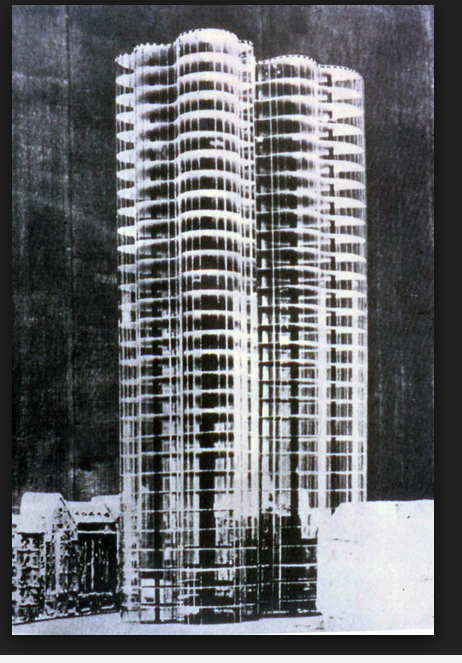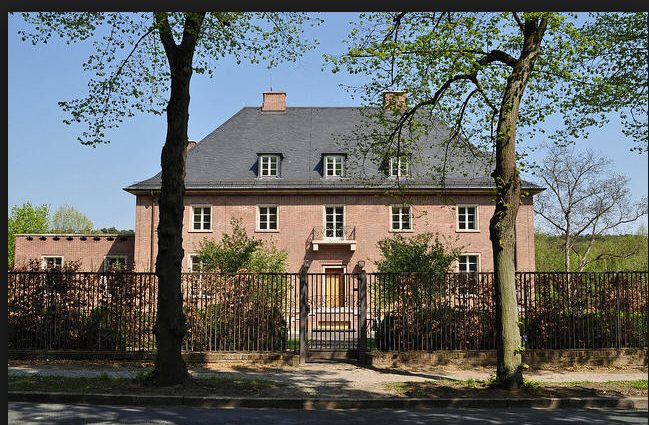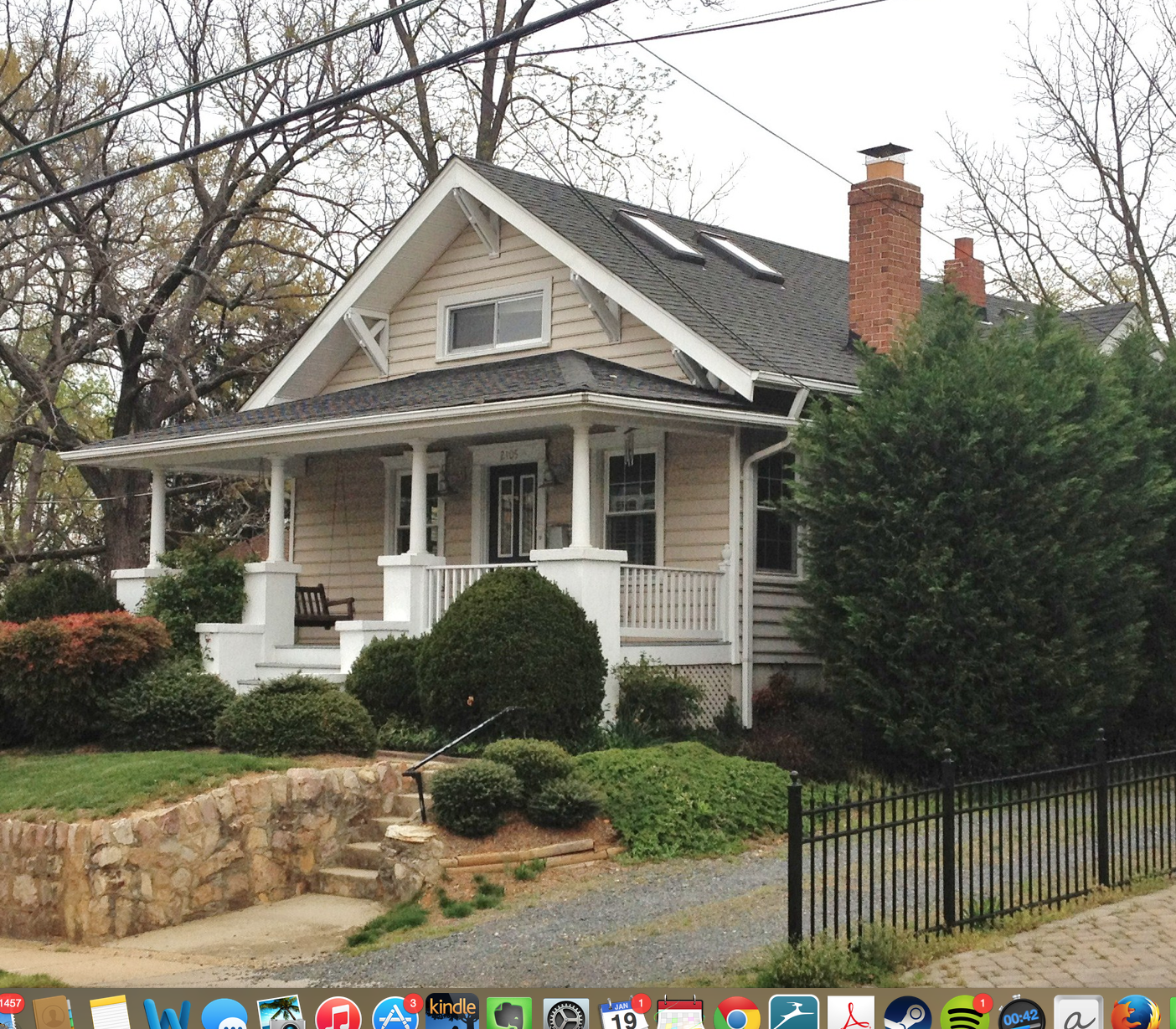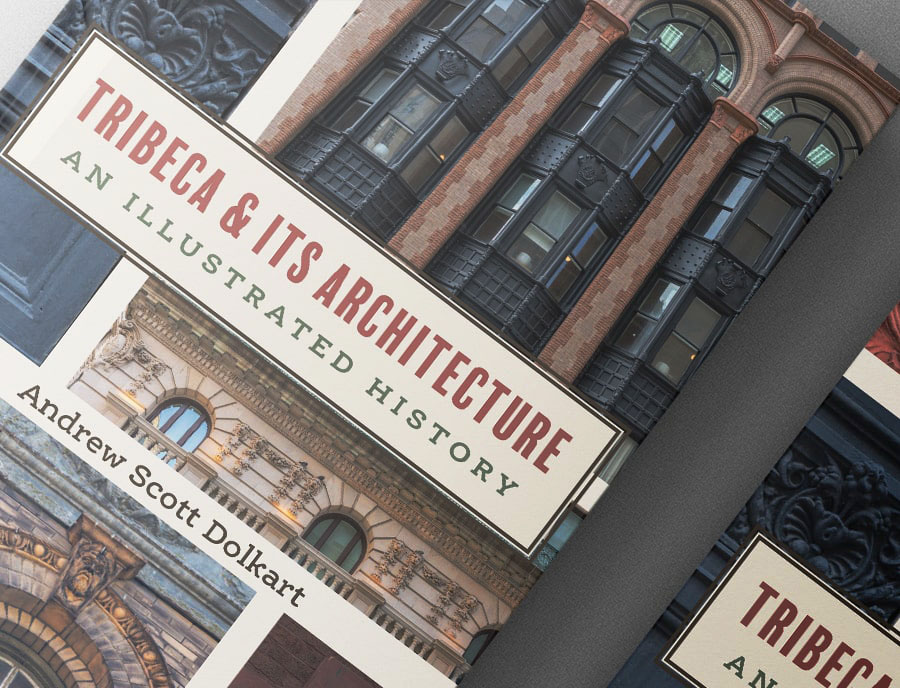The above image is of a house that Mies Van Der Rohe thought should be X’ed out or eliminated, from an 1923 Manifesto printed in “G” Magazine.
On the Silliness of the Phrase “An Architecture of our Time”
Architects from Germany in the 1920’s got obsessed with a concept called zeitgeist. The idea has long since been discredited by real, practicing, trained historians, but the architect community never got that memo. In fact, you can still hear the term tossed about at Landmarks Preservation Commission hearings. Architects use the term to justify their own designs as somehow “inevitable” and as having the “force of history” behind them, which, as I will show here, is just nonsense.
The word “zeitgeist” means “spirit of the age.” It was elaborated upon by the German philosopher Hegel in the early 19th century. Hegel suggested that history is driven forward in some evolutionary sense and that each epoch has a corresponding zeitgeist that “determines history absolutely.” Hegel had a sense of humor and described Napoleon as “zeitgeist on horseback.” It is a quaint notion, probably useful to describe momentary cultural memes, but for real historical analysis and science it ranks somewhere along with ideas of alchemy.
Nonetheless, the famous architect Ludwig Mies van der Rohe was one of the architects who believed in zeitgeist. He also referred to it as “the will of the epoch.”
I can’t resist pointing out here that Mies Van der Rohe was a bit of a bossy priest. Why? He was given to manifestos and gnomic utterings that his followers hung onto as if they were the sayings of the Lord. For example, in 1923, Mies told architects that “only today is formable” [sic] and that they should henceforth design only in “concrete, steel, and glass” and “ferrocement” [poured concrete] and also to only use curtain wall (“skin and bones”) with “no load bearing construction” and favor “undivided interiors.” He even published pictures in an ideological magazine, “G,” of historical buildings with a giant X crossed over the images to illustrate how much he hated older architectural styles and wanted to start over.
Cultish rules? Maybe. But if can you find a famous modern architect who doesn’t follow the rules Mies decreed in 1923, let me know. Really. I would like to maintain some hope that the field of architecture consists of more than foot soldiers for an outdated 1923 ideology of design.
However, back to zeitgeist. As historians have long explained, zeitgeist is a thing that cannot be measured or detected by scientific means. It is just an idea, like Tinkerbell. Take our own age. Is the will of our age best exemplified by Plutocracy or Democratic Revival? What symbolizes our present or future, iPhones or the Slow Food Movement? The point is that in any given period of time, many rival ideas contend for influence and audience. Some ideas fade only to resurge later. Some ideas seem like they rule the world but die out later. There is no “will of the age.” How can a period of time have a will, like God? It isn’t even clear how to divide world history into proper epochs that anyone agrees with.
But let’s use Mies Van der Rohe’s own work to show how silly the idea is.
Here is a picture of a glass tower than Mies designed in Germany in 1923. Note also how Mies does not care about context – look at the smaller historical buildings next to it, on the left. Those are the ones he wanted to X over, which is what this design succeeds in doing.
But look here, the Mosler House that Mies himself designed a year later, in 1924. Which is the will of the age?
And here is our Supreme Court building designed by Cass Gilbert and built in 1935.
And here is a Craftsman Bungalow built in 1939 from a Sear’s catalogue plan in the suburbs of Washington, DC.
What is the zeitgeist here? There is none. There is no architecture of our time. There are only designs popular among clients or pushed by architects. These come in too much variety to claim to represent the “will of the epoch.”
L.E.
References
Mies Van der Rohe citations and the X image from
Fritz Neumyer’s, The Artless Word: Mies van der Rohe on the Building Art (MIT Press, Cambridge, 1991).
Hegel, The Phenomenology of Mind

